Real Estate Plans and Opening Sales Pitch (1994-1999)
In mid-1994, city officials and developers floated an idea that was hard to miss: a shopping mall in downtown Norfolk, Virginia. The location wasn't random.
The proposed site, boxed in by Monticello Avenue, City Hall Avenue, Freemason Street, and St. Paul's Boulevard, had been mostly empty for decades.
The southwest corner once held Norfolk's City Market.
That was demolished in the early 1950s to make room for a JCPenney, a parking garage, and the Systems Management America (SMA) office tower.
That tower stood for a while - then fell in a planned implosion on November 24, 1996.
Once cleared, that corner gave way to a much bigger idea.
The Taubman Company led the development of a three-level, 1.1 million square foot shopping center called MacArthur Center.
The goal was to anchor retail back into Norfolk's urban core.
Construction moved quickly after the SMA building came down, with new foundations, steelwork, and exterior framing visible by the late '90s.
Early plans mentioned Macy's as a possible anchor.
Though that deal never closed, Dillard's and Nordstrom eventually moved in.
These weren't small shops. They were multi-level anchors meant to pull regional traffic, not just serve the neighborhood.
Inside, the design included about 400,000 square feet for retail tenants and another 100,000 for dining and entertainment.
There was also a built-in connection to the Regal MacArthur 18 movie theater.
When the mall officially opened on March 12, 1999, it entered a retail scene that was already shifting but still full of optimism.
Downtown Norfolk didn't have a full-scale mall, so MacArthur Center was pitched as a draw for both residents and visitors looking for things to do in Norfolk, Virginia.
Its location next to the General Douglas MacArthur Memorial helped establish it as both a civic and commercial anchor.
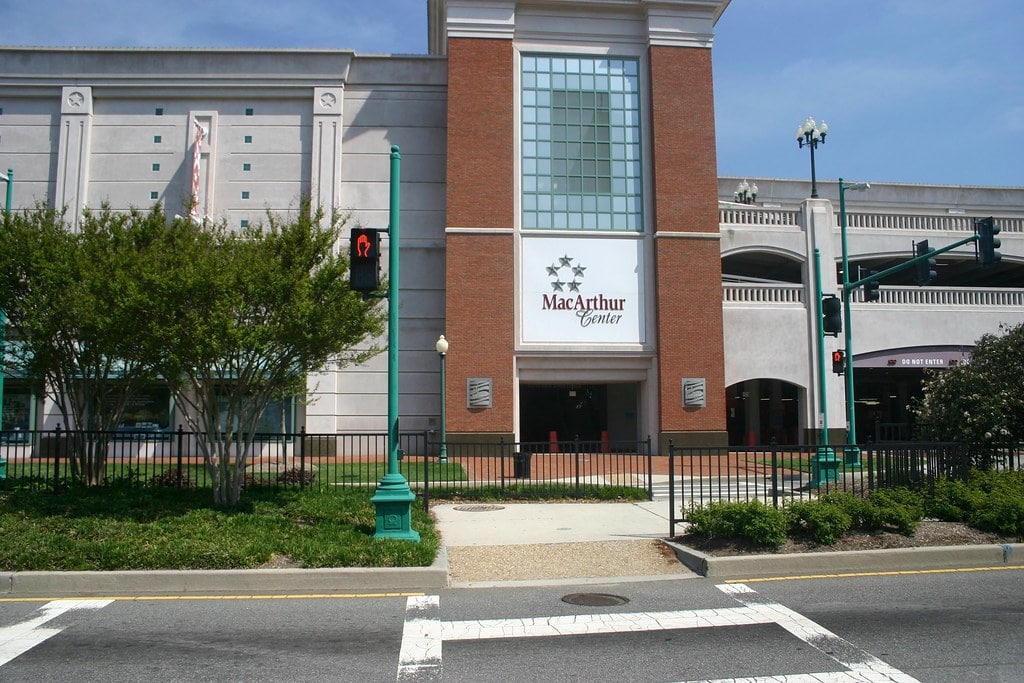
Retail Mix and Early Foot Traffic (1999-2005)
MacArthur Center brought brands into Norfolk that hadn't operated stores in the area before.
Pottery Barn, Z Gallerie, Coach, and White House Black Market were among them.
National chains like Johnny Rockets and Chico's filled out the food and apparel sections.
For shoppers in Hampton Roads, it was a rare setup - an enclosed downtown mall with national names under one roof.
Nordstrom took one anchor spot while Dillard's filled the other.
Both stores spanned multiple levels. These weren't outlet locations or scaled-down formats.
They offered full merchandise lines, customer service counters, and walk-in tailoring - standard practice for department store anchors in regional markets at the time.
The mall also tried to be more than a place to buy things.
In 2005, it added MacArthur on Ice, a seasonal skating rink.
The rink covered 7,200 square feet and drew foot traffic during colder months.
It was placed in the plaza area to make use of the open space and extend visits beyond standard shopping.
Sales appeared strong in those early years. A lack of similar malls nearby also helped MacArthur Center in those first years.
Military Circle had aged, and Pembroke was further east.
Lynnhaven Mall in Virginia Beach remained a competitor but was further east and focused on different demographics.
For several years, MacArthur Center managed to anchor downtown Norfolk's retail identity without much overlap with suburban centers.
Store Closures and Declining Tenancy (2018-2023)
By 2018, MacArthur Center's tenant list had started to thin out.
That year and the one that followed saw closures from J.Crew, Banana Republic, Fossil, Yankee Candle, Eddie Bauer, and Charlotte Russe.
Pottery Barn and Williams Sonoma - two of the mall's original home goods anchors - also shut down.
The list kept growing. By the end of 2019, Chico's, Forever 21, Brighton Collectables, and Zales had left.
On April 5, 2019, Nordstrom closed its Norfolk location, leaving Dillard's as the only full anchor tenant.
No replacement followed, and the space stayed vacant.
The departure marked a turning point, not just in foot traffic but also in the mall's marketing.
Its layout had been designed around two strong anchors - one was now dark.
In 2020, closures accelerated. Express, Victoria's Secret, Talbots, Abercrombie & Fitch, and Francesca's left the property.
So did Justice, Papyrus, J.Jill, and The Walking Company.
Some of those names were part of broader national reductions.
But the pattern at MacArthur Center was clear - more tenants were leaving than arriving.
Management Turnover and City Buyout (2020-2023)
By early 2020, retail activity inside MacArthur Center had already cooled.
Then came a management shift. After Starwood Capital Group defaulted on a $750 million loan tied to the property, control passed temporarily to JLL.
That arrangement didn't last long. In 2021, Spinoso Real Estate Group stepped in to manage day-to-day operations.
Store closures hadn't slowed. Apple left in May 2021. The MacArthur location had once been part of the brand's regional footprint.
After the exit, Apple's only local store remained at Lynnhaven Mall.
The downtown site stayed empty. That same year, Texas de Brazil left its second-level restaurant space.
Its departure followed a high-profile security incident reported in April 2022.
Then, in December 2022, Barnes & Noble shuttered its bookstore.
Chili's followed in June 2023, ending nearly two decades inside the mall.
These weren't short-term tenants - they'd lasted longer than most.
Their departures didn't go unnoticed.
In March 2021, the City of Norfolk made its position public.
Officials confirmed they were preparing redevelopment plans for the mall, aiming for a full transition by 2030.
The language used then was cautious: the mall would stay open, but the clock had started.
By July 2023, the city had finalized the purchase of the mall property.
That same month, Dillard's confirmed it would downsize.
Its two upper levels would close. The first floor would become a clearance center, with no remaining access to the mall itself.
On September 4, 2023, those changes took effect.
A few weeks later, Norfolk's development authority approved a $4 million purchase agreement for Dillard's.
With that vote, the entire mall - structure, anchors, and remaining shops - was under city ownership.
The sale cleared the way for future land use planning.
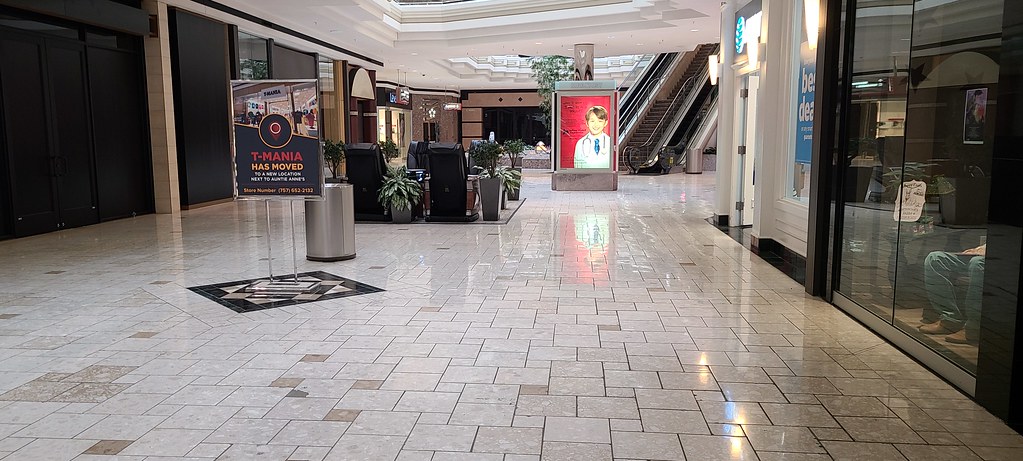
Development Concepts and 2030 Timeline
Once Norfolk took full control of MacArthur Center in mid-2023, planning talk picked up speed.
Mayor Kenneth Alexander laid out broad concepts in his annual address.
The proposed mix leaned toward residential, hospitality, and open public space.
A military-themed hotel with 400 rooms, high-rise apartments, and a pedestrian promenade were part of that vision.
He said the mall itself could be removed entirely.
In its place, new city blocks might be drawn. One section would focus on civic markets - some indoors, some open-air.
It was clear that the city no longer saw the mall as a long-term retail center.
The current structure, with three levels and darkened anchor spots, wouldn't serve the next phase.
In July 2023, the Norfolk Economic Development Authority followed up by hiring consultants to guide the redesign.
Early drafts showed potential for a split-use footprint - housing, green space, some offices, and ground-floor retail.
The timeline, though, remained loose.
Officials stated that full redevelopment could take several years, depending on private-sector interest and funding.
Planning staff said they expected public meetings on the site's future to begin later in the year.
No construction bids had been awarded. The city had issued preliminary requests for ideas but hadn't selected a master developer.
The 2030 mark remained on the working horizon.
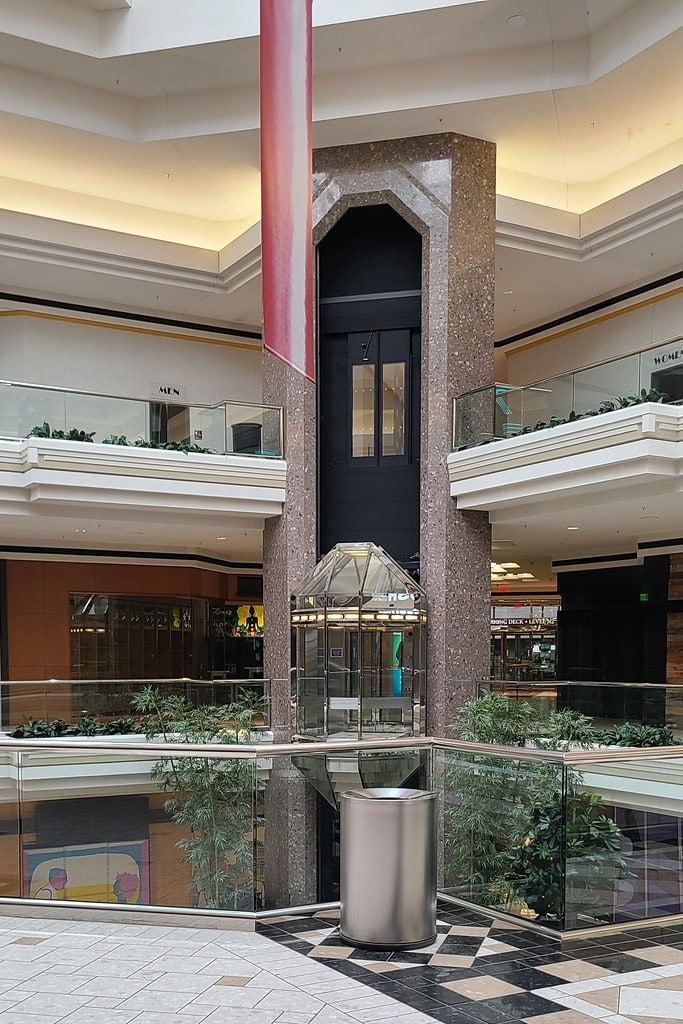
A New Developer, No Construction Yet
In April 2025, Norfolk named Hg80 Real Estate as the lead developer for MacArthur Center.
The firm, based in Bethesda, had previously worked on projects like Pike & Rose and Bethesda Row - two examples of reworked shopping areas now used for housing, office space, and retail.
The new project for Norfolk is called The Anchorage.
Early drafts show a 400-room military-themed hotel, 518,000 square feet of high-rise residential units, and a two-acre pedestrian area with 170,000 square feet of commercial space.
But as of April, that's still on paper.
No demolition is underway, and no permits have been issued for new construction.
The city still owns the 23-acre site, and the mall remains standing - though mostly quiet.
A few dozens of shops continue to operate, but large sections are closed off or inactive.
City leaders say the plan will be funded through public-private partnerships.
They've stressed that Norfolk isn't prepared to pay for the entire buildout with public money.
Consultants are reviewing market conditions and helping the city figure out whether this version of the project makes financial sense.
As of now, The Anchorage is a name with a proposal attached - but not yet a construction site.
The structure first opened in 1999. Twenty-six years later, it's still standing, still in limbo.



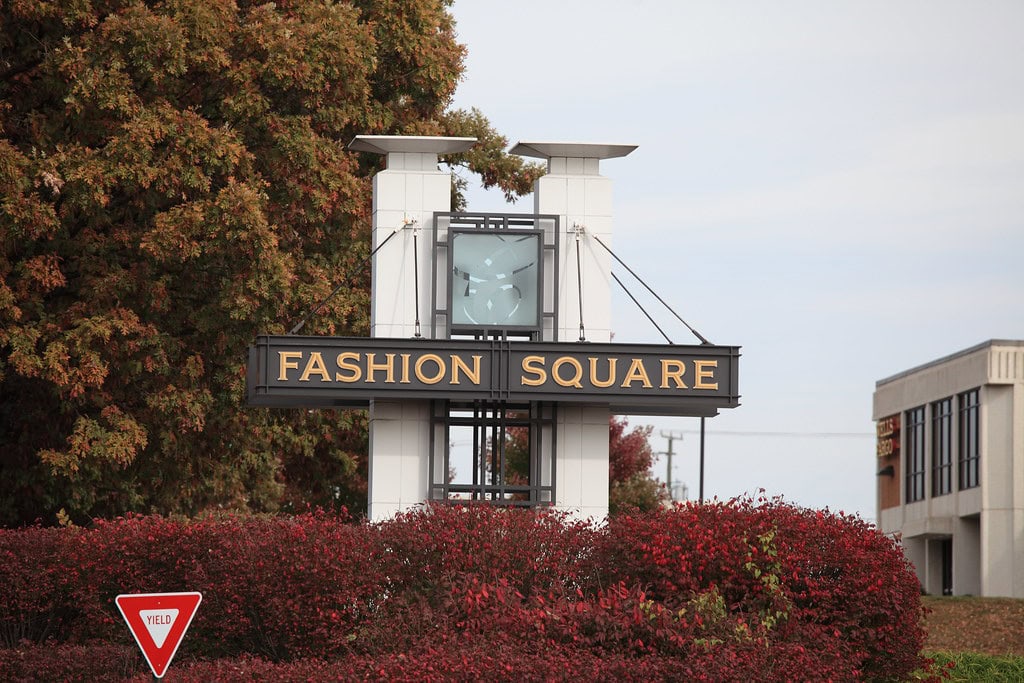
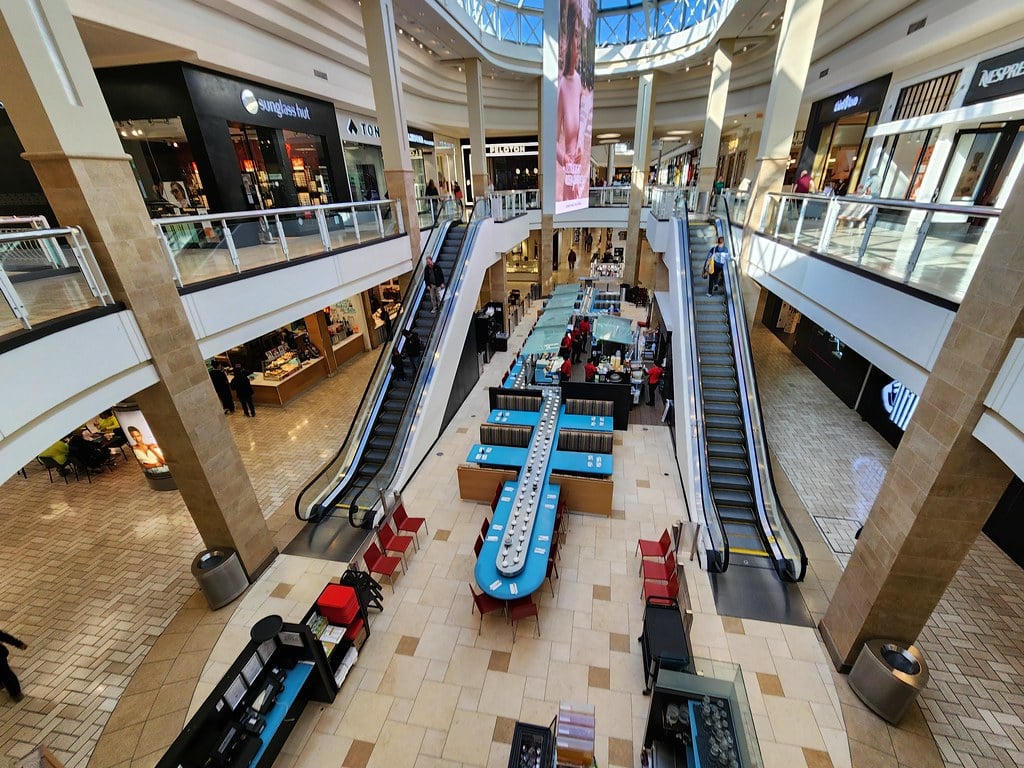
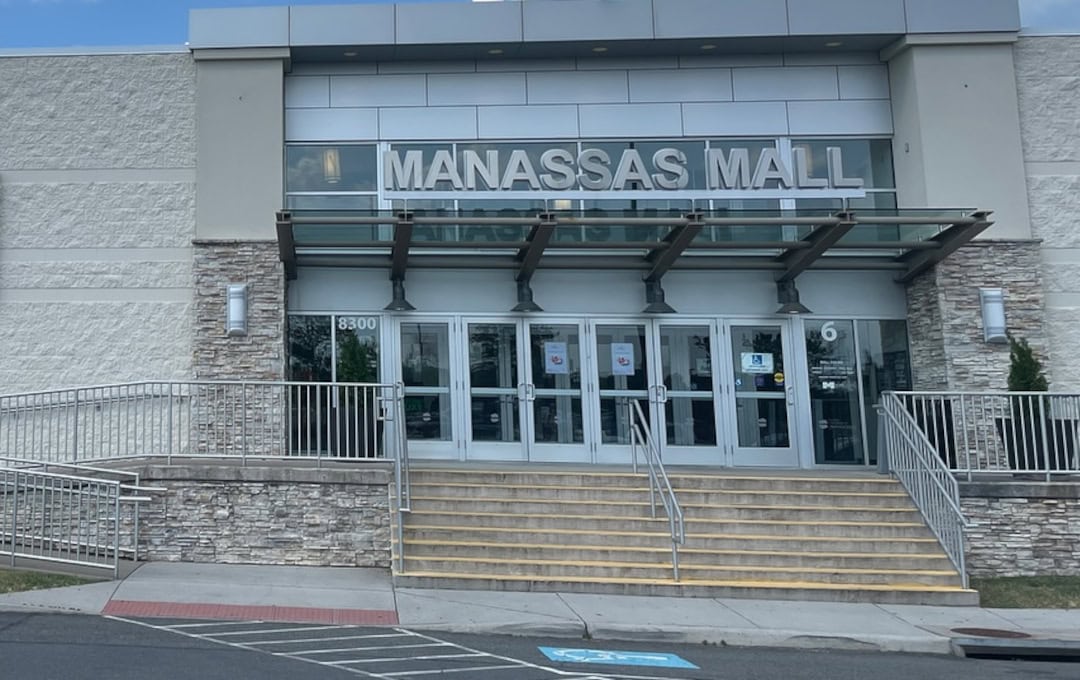
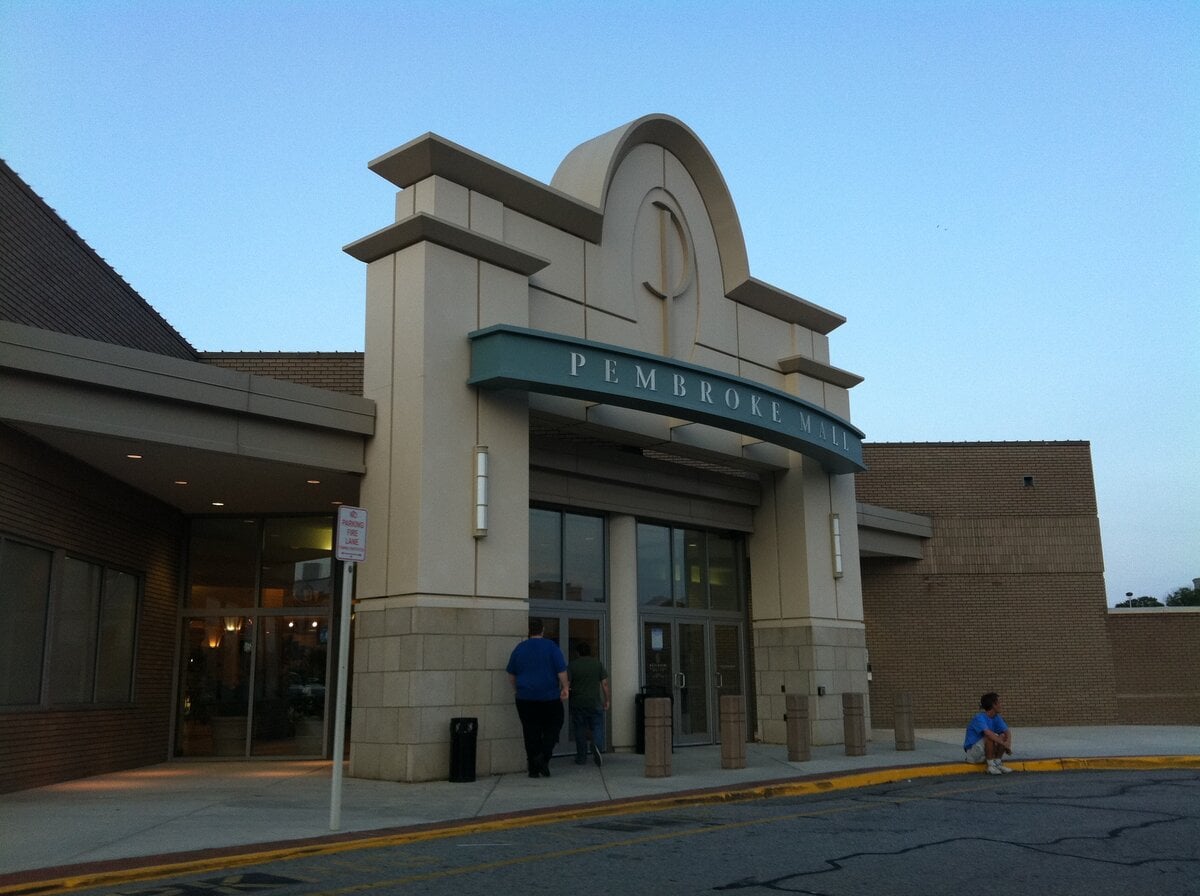
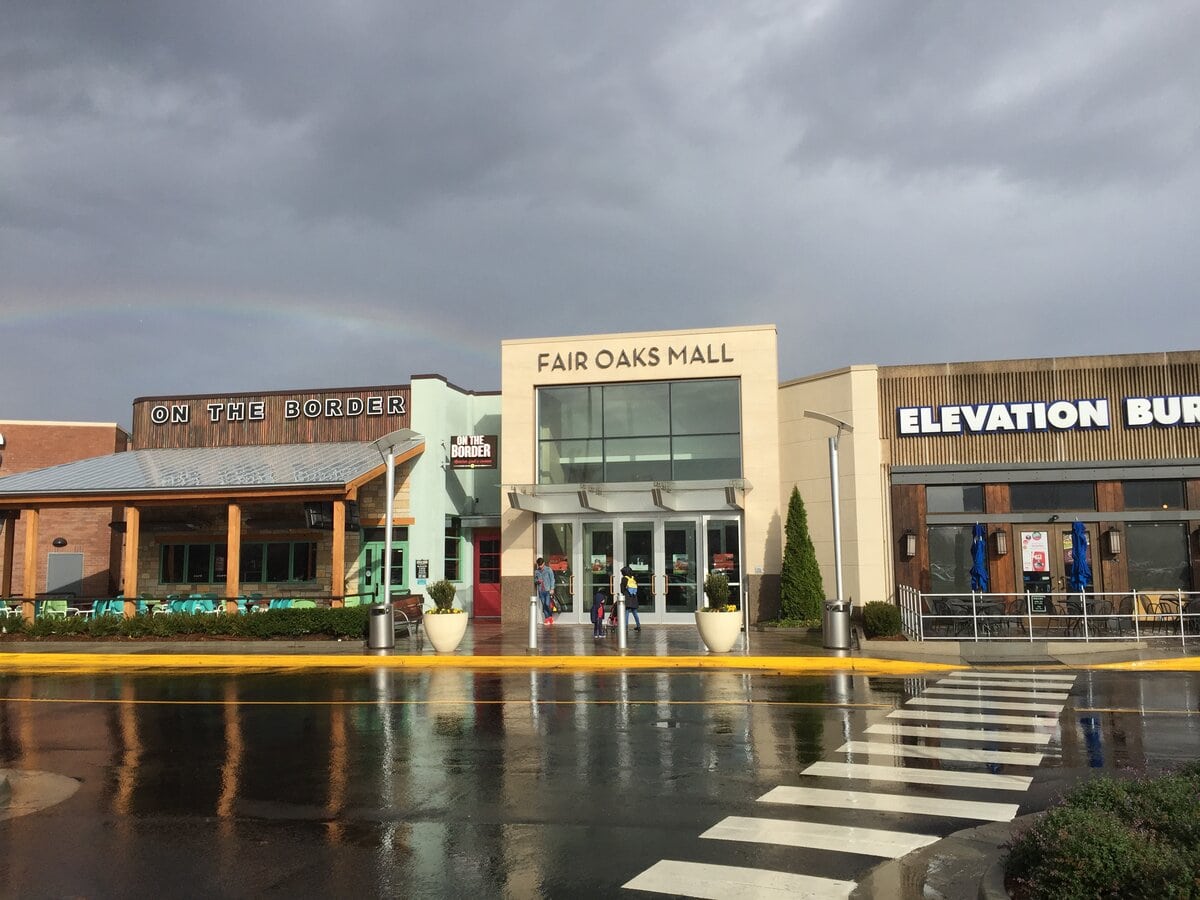
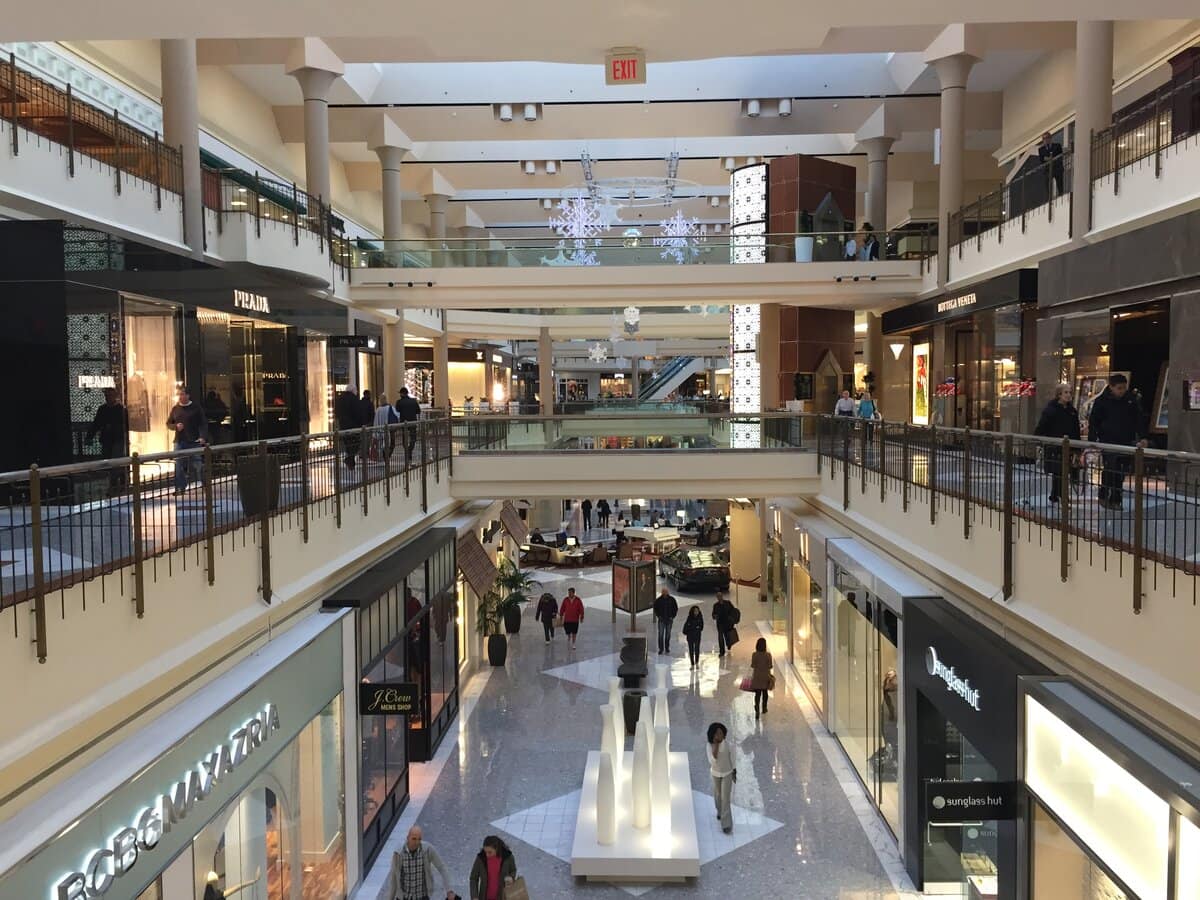

put the casino in there it has the space and the parking and the rail is there
what else dose it need
Thanks for raising that idea about MacArthur Center. Whether it's the right fit would depend on what the city wants long-term and who's willing to take the lead.
sell it to the lds church. the announced they want to build a temple in norfolk
That's a practical suggestion, but it would depend on zoning, financing, and the city's vision for that block.
Woe is me! There is no retail location in Norfolk where anyone can spend an afternoon shopping. Having moved back into the city location in 1985 we delighted with the advent of a large mall. Do our city leaders care that this has collapsed. Have they noticed all the new housing going up all over the city? I think not. They are giddy regarding the building of a casino. Have they not read how poorly the casino in Portsmouth is doing? I think not. I refuse to drive to Greenbrier or Virginia Beach to shop. Do our city leaders care? I think not.
Thank you for this comment - you've captured the frustration so many Norfolk residents feel. Thousands of new apartments won't feel complete without a place for people to shop and gather in their own city.